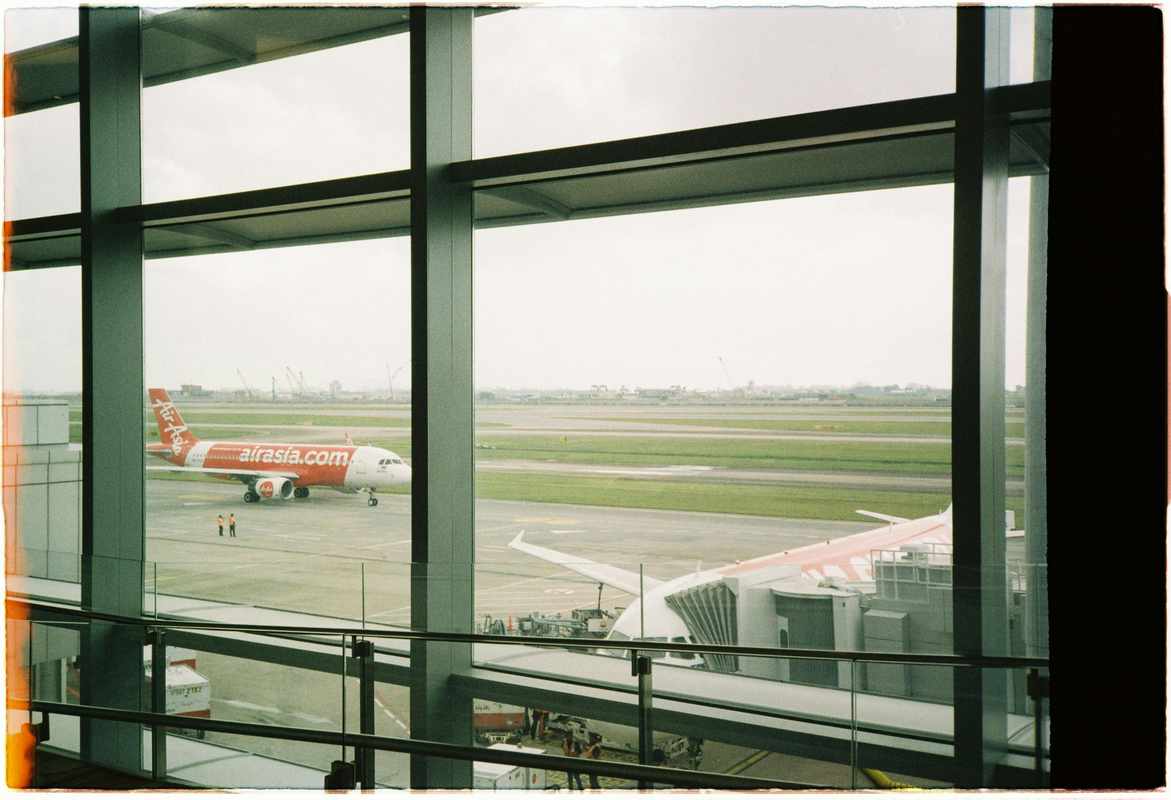(TAIWAN) Tropical storm Fung-Wong forced mass evacuations across Taiwan on Wednesday as authorities shut schools, closed offices, and ordered transport groundings ahead of dangerous rains and wind. The storm made landfall near Kaohsiung on November 12, 2025, after weakening from an earlier super typhoon, but it still brought hours of torrential rain and strong gusts to the south and east.
Officials said more than 8,300 people were moved from risky areas as rivers rose and hillside villages faced landslide threats. With infrastructure under strain and roads cut by flooding in several townships, national and local agencies urged residents to follow instructions until the system clears.

Flight disruptions and airline responses
Air travel took a direct hit. All domestic flights in Taiwan were canceled on November 12 and 13, 2025, affecting services at Kaohsiung International Airport (KHH) and other hubs.
- Airlines affected included China Airlines, EVA Air, UNI Air, Mandarin Airlines, Tigerair Taiwan, and Cathay Pacific.
- International routes also suffered, with several flights cancelled or delayed in and out of the south.
- Carriers announced fee waivers, free rebooking, and refunds for passengers impacted by the storm.
According to analysis by VisaVerge.com, the flexible policies were designed to reduce pressure at airports and prevent crowding while the weather remained unstable.
The Civil Aeronautics Administration said safety would guide any restart, and warned that crews would need time to inspect runways, lighting, and navigation aids after the worst passed.
Travel advisory and passenger guidance
- Airlines urged passengers not to go to airports unless rebooked.
- Travelers were reminded to keep receipts for storm-related expenses if seeking refunds.
- Airline planners expected a staggered recovery rather than an immediate return to normal service.
Evacuations, shelters, and local response
As the system moved through the south, the Central Emergency Operations Command coordinated with county and city leaders to open shelters and guide evacuations from mountainous and riverside zones.
- More than 8,300 people evacuated from high-risk areas.
- Mass evacuations centered on: Hualien, Yilan, Yunlin, Chiayi, Tainan, Kaohsiung, Pingtung, Nantou, Taitung, and the Penghu islands.
- Temporary shelters were set up at schools, community centers, and sports halls, providing hot meals and basic supplies.
Local tactics and support
- First responders conducted door-to-door checks in older neighborhoods and flood-prone villages.
- Community leaders used loudspeakers, text alerts, and patrols to reach elderly or immobile residents.
- Social workers coordinated medication and care for people with disabilities.
- Several shelters included pet-friendly areas to encourage timely evacuations.
Impact on homes, infrastructure, and health services
The rain arrived in thick bands, flooding streets and homes in low-lying areas and pushing drainage systems to their limit.
- Authorities reported more than 1,000 homes flooded in the south by evening.
- At least 51 injuries were logged—mostly from falls, blown debris, and minor traffic crashes tied to low visibility.
- Hospitals in affected counties activated surge plans to keep emergency rooms ready and protect power for critical care.
Roads and rail
- Crews worked to clear blocked drains, remove downed trees, and stabilize slopes.
- Rail services ran limited schedules, with operators warning that fresh slides could force sudden suspensions.
- Power companies dispatched repair units to restore electricity where lines came down.
- Telecom providers monitored outage pockets to keep emergency hotlines active.
Coastal and riverine threats
Even downgraded from super typhoon strength, Fung-Wong’s long rain bands and gusty winds created unpredictable hazards.
- Some coastal towns reported storm surge that pushed seawater into port areas and forced fishing boats to remain docked.
- Inland, swollen rivers pressed against levees, prompting repeated checks by flood control teams.
- Port authorities planned inspections of piers and channel markers before reopening marine traffic.
Damage assessment and recovery priorities
In the coming days, local governments will assess damage to roads, bridges, and public buildings. Insurance claims are expected to rise in flood zones where water breached ground floors and parking areas.
- Farmers reported losses in fruit orchards and fish farms where embankments were overtopped.
- Full estimates of agricultural and infrastructure damage will take time to compile.
- Immediate priorities remain sheltering evacuees and restoring key services.
On-the-ground scenes at shelters
Evacuation centers reported steady arrivals through the afternoon and evening.
- Families brought small bags with clothing, medicines, and documents.
- Volunteers arranged sleeping mats and handed out hot drinks.
- Clinics coordinated with shelters to maintain treatment schedules for those needing daily care.
Warnings and official guidance
Taiwan’s Central Emergency Operations Command urged residents to keep following official advisories and not to return home until told it is safe. The command emphasized disaster preparedness while the storm passes and clean-up begins.
The weather bureau reminded the public that soils remain saturated, and that slides can occur even after the rain eases.
Official forecasts and warnings for heavy rain, land warnings, and sea alerts are available through the Central Weather Administration, which posts updates and maps in real time on its website at the Central Weather Administration.
Final notes from responders
As night fell, rescuers cautioned that conditions could still change if rain bands stalled over one area. They urged patience as crews worked through blocked roads and power issues.
- Key message: keep people safe first; schedules and repairs come after waters recede.
- With mass evacuations underway, flights cancelled across the island, and emergency teams on alert, Taiwan’s storm plan entered its most intense phase.
This Article in a Nutshell
Tropical storm Fung-Wong made landfall near Kaohsiung on November 12, 2025, producing heavy rains and gusty winds that forced mass evacuations and widespread disruptions. Authorities moved over 8,300 residents from high-risk riverside and hillside zones to temporary shelters. Flooding affected more than 1,000 homes and caused at least 51 injuries. Domestic flights were canceled November 12–13, with airlines offering waivers and refunds. Emergency teams focused on rescues, clearing roads, protecting critical infrastructure and assessing damage for recovery.













